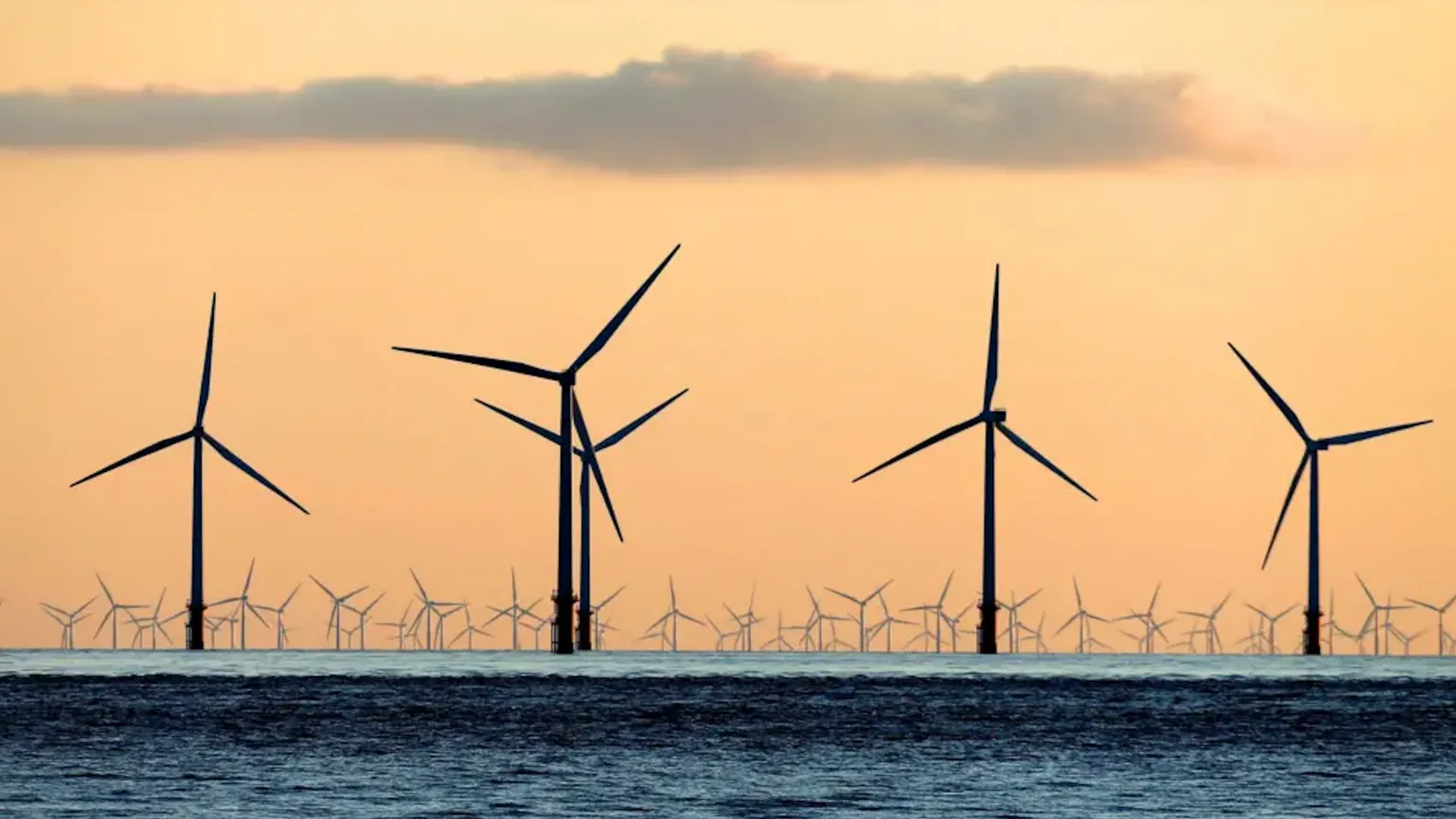When it comes to clean energy, there’s a fine line between vision and vanity. And the Isle of Man is walking that line with £40 million on the table.
On Tuesday, tensions flared in the House of Keys as questions mounted over escalating costs for the government’s flagship Cair Vie onshore wind project at Earystane and Scard. Some members even called for the project to be scrapped or relocated altogether.
But Manx Utilities chairman John Wannenburgh insists the project remains “within budget.” He says rising predevelopment costs are a bump not a derailment.
So what’s really going on?
£3.14 Million and Counting Before a Single Turbine Turns
So far, £3.14 million has been spent. But not on turbines. Not on infrastructure. That’s just predevelopment: consultants, feasibility studies, grid connection planning, and the growing pile of ecological surveys triggered by environmental scoping feedback.
If that sounds like a lot, consider this: Wannenburgh says pre development usually makes up 10–15% of total project spend. On a £40 million project, that’s right in range.
Still, public anxiety is rising not least because earlier Manx Utilities documents in July 2023 suggested a £23.5 million price tag. That figure, we’re told now, was “indicative” of an estimate of component costs only, not the full stack.
Turbines, Targets, and Tough Decisions
The Cair Vie wind farm would power 25% of the Isle of Man’s electricity needs, part of the island’s ambitious goal to fully decarbonise by 2030.
That’s a big commitment for a small island.
But Jason Moorhouse MHK isn’t buying it. He asked if the price had “almost doubled.” And Chris Thomas MHK questioned whether a different location like Sulby or Druidale might offer better value.
Also read : Nersa Approves Drastic Cut to Power Supply to Fix Grid Overload
The chairman’s reply? A flat “no.” The £40 million figure, he insists, is in line with early projections. Moving the project now would be “irresponsible” and would waste both money and momentum.
He has a point.
Behind the Numbers: What’s Driving the Cost?
This isn’t just a local budget debate. It’s a microcosm of global renewable challenges.
Wind power isn’t plug-and-play. Before you get to turbines, you need years of planning especially in sensitive ecological zones. Scard and Earystane sit on delicate terrain. Environmental assessments take time and money, especially after feedback forces reruns.
Add in inflation, global supply chain volatility, and heightened scrutiny from climate watchdogs, and suddenly £40 million doesn’t look so bloated.
The Bigger Question: Is Public Trust Being Managed?
It’s not the cost alone that’s drawing fire, it’s communication. Vague terms like “indicative” pricing and sudden budget escalations erode trust. The public expects transparency, especially when millions are spent before a single kilowatt is generated.
Wannenburgh’s decision to hold the line may be technically defensible. But politically? The waters are rough.
Also read: Eskom Hands Out R92 Billion Discount While South Africans Struggle to Pay
This is where governments often fail not in engineering, but in explaining. Big projects need big clarity.
Manx Utilities says final decisions will only be made after the full Environmental Impact Assessment (EIA) is complete. That’s standard practice but public confidence is already shaky.
The real danger isn’t that the turbines won’t spin. It’s that the public, frustrated by half-answers and ballooning costs, may lose faith in decarbonisation itself.
And that would be the most expensive outcome of all.


